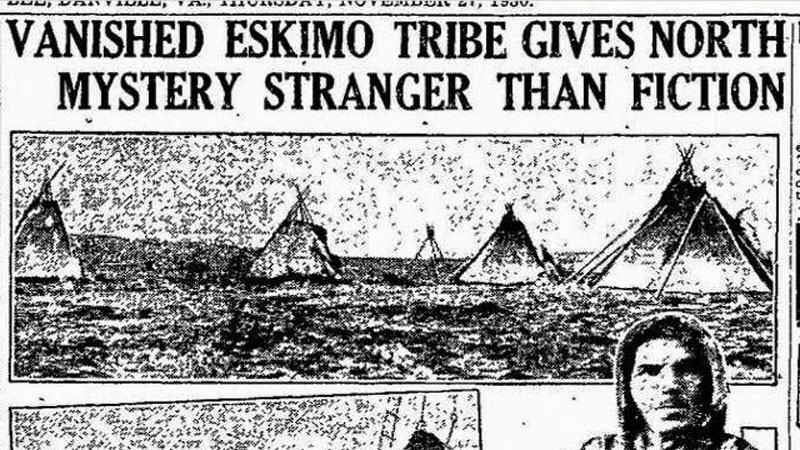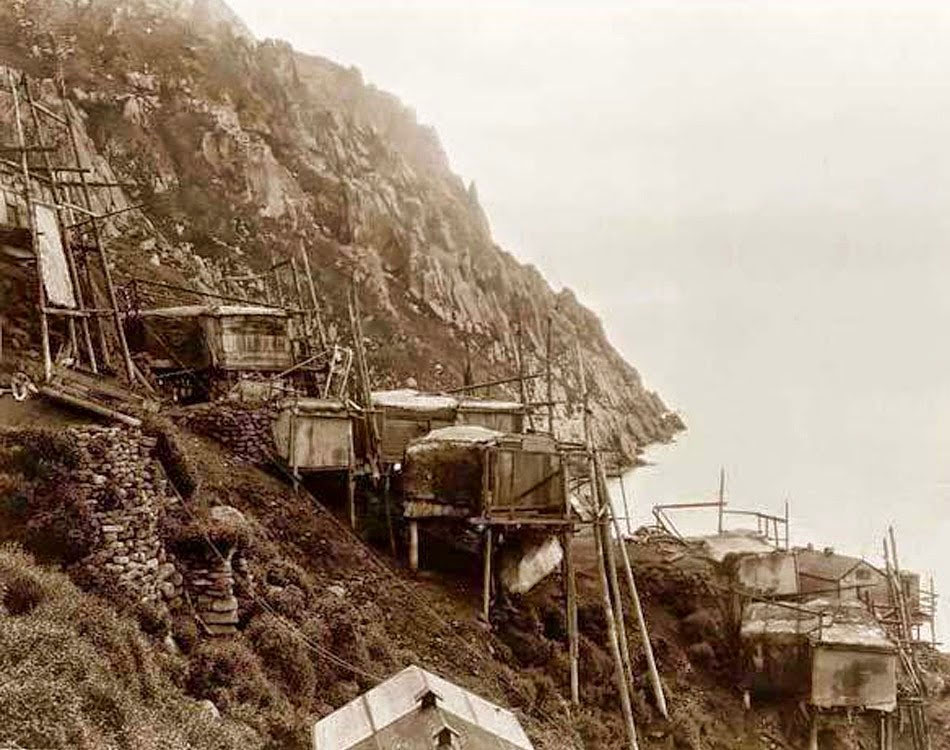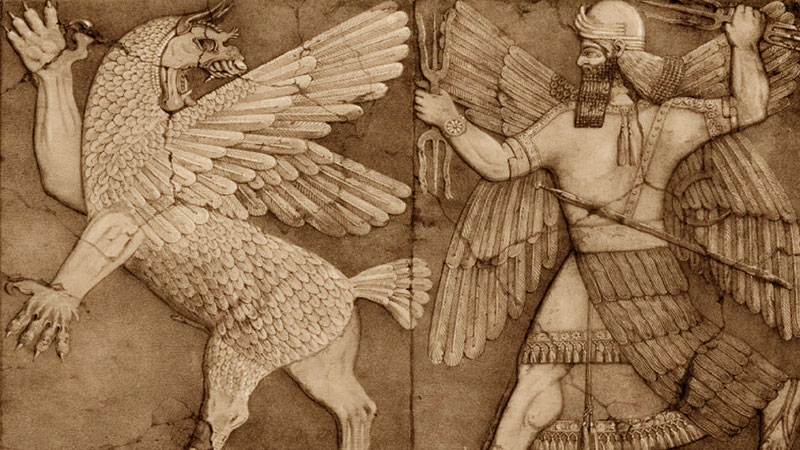
In mid-November 1930, a Canadian fur trader named Joe Lebelle, stricken by a storm, is looking for a place to rest and spend the night. He approaches a familiar Inuit village nestled on the rocky slopes of the lake. Labelle had visited the region before and made friends with the peaceful villagers.
However, all he was faced with was total darkness and silence. The village was completely deserted!
Just two weeks ago, the last time he had been there, the village had been a bustling settlement full of life, with children running and playing, women weaving clothes, men carrying wood and talking on the porches. But now that village was empty. It was a dead silence, where not even the animals were heard. Only the noise of the wind and the occasional slamming of wooden windows.
Without finding a soul, the hunter desperately looked for clues that would lead him to explain the situation.
On the lake he saw that the Inuits’ kayaks were still in place. Intact. The houses were open as usual.
He investigated each of the huts in the hope of finding a sign of life or at least an indication of what had caused a forced migration, but to his disappointment, he discovered in the huts stockpiles of food, weapons and furs, which would never have been left behind.
Upon entering a hut, he found the place empty, the smoke coming from the fireplace that was used for cooking. A pot of fish stew had been left on the fire. The contents were burnt as if they had been on fire for too long.
In another shelter, he found a table set and food leftovers still on the plates. In another, he found a discarded coat on the floor, still with its needle and thread, as if the person sewing had been abruptly interrupted.
There were no signs of struggle or confusion (if the village had been attacked by looters, the inhabitants would have fought back), everything was in perfect order, except for the people who were missing. It was as if the entire community of two thousand people had suddenly left their homes in the middle of a normal day.

But there was another detail that Labelle checked with profound astonishment: there were no tracks on the ground indicating that people had left the camp.
Taken by fear, Joe Lebelle continued into the night, facing very low temperatures, towards the telegraph office in the nearest district, where he told what he had seen and an emergency message was sent to the headquarters of the Royal Canadian Mounted Police, the Canadian mounted police.
The Canadians had never heard such a story, and an expedition was immediately organized to investigate the village, and a search was also undertaken along the shores of Lake Anjikuni. Upon arriving at the deserted camp, the Canadian police found two pieces of evidence that hinted at the possibility that a supernatural event had occurred.
First, they discovered that the Inuits did not take their dog sleds, as Joe Labelle first claimed. Strangely, the carcasses of the huskies were found covered in snow, accumulated by the wind in the vicinity of the camp. They died of starvation.
Second, the report of the police who conducted the search reveals that the village cemetery had been desecrated. To add another inexplicable element, the police verified that the earth from the cemetery had been removed in uniform mounds deposited next to each grave, evidencing that the work had not been carried out by animals digging. Furthermore, the ground was so frozen that it looked petrified and would have been impossible to excavate by hand.
The Inuits could not possibly have traveled without one of their typical means of transport, sleds or kayaks. And they would never let their dogs die in such a slow and painful way, as they play an essential role in the survival of communities isolated by snow and ice. Still, they left, and the dogs were left to fend for themselves.
The second enigma, the open grave, was enough to puzzle ethnologists familiar with the tribe’s behavior, considering that the desecration of the dead is one of the most serious taboos for the Inuit people. What is the explanation for the graves being disturbed?
Strange Lights
If these stories weren’t strange enough, the officers who were at the scene categorically stated that while exploring the surroundings of Lake Anjikuni they saw strange pulsating lights on the horizon. None of these lights looked natural or like anything they had ever seen before.
On the way to Lake Anjikuni, the rescue party stopped at a hut belonging to a hunter named Armand Laurent and heard from the man and his two children that something strange had been happening the last few nights. They had seen some kind of very bright light in the night skies and strange cylinder-shaped objects flying over the Anjikuni Lake area. The hunter had forbidden his children to leave the house and none of them parted with their hunting rifles. The three told that these objects flew without producing the slightest sound and that sometimes they remained motionless in the sky. On one occasion they counted more than 15 of them flying over at different altitudes.
After some investigation, the police concluded that the villagers had simply gone on some kind of seasonal migration, but without ever tracing such an immigration route or at least explaining why there were no recent traces, which would be virtually impossible considering that the migration had been carried out in a hurry. Furthermore, why would they have abandoned their most precious possessions and their animals in the tents?
As one official put it at the time: “This event is, on the whole, physically improbable.”
The mystery of what may have happened has never been unraveled and the region of Lake Anjikuni is avoided by most Inuit tribes, after the event several stories circulated about an alleged curse existing in the area of the tragedy. And, in fact, no other Inuit tribe lives within a 50 kilometer radius of the estuary.




















